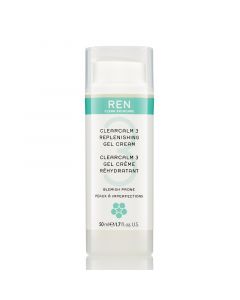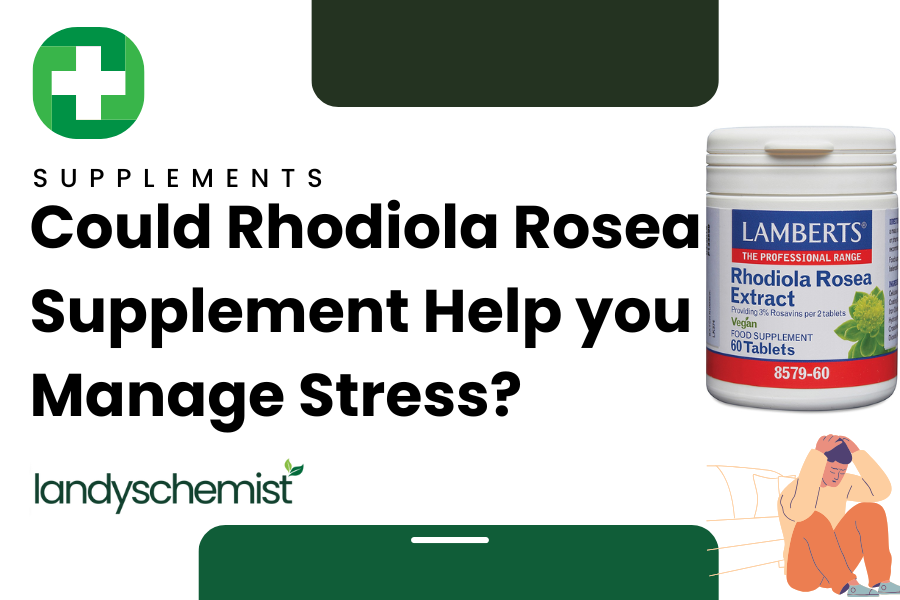
Best Skincare Routine for Combination Skin
Facial skincare routines vary from person to person due to our different skin types. For those with combination skin, it can be a challenge to find a routine that caters to both the oily and dry sections of your face.
Balancing both can be tricky but it is possible to find a routine that combats both oiliness and dryness. We will go into more detail about the steps to take to properly take care of your combination skin, but first we want to explain what it is.
What is combination skin?
Combination skin is where you have dry skin in some areas of your face and oily skin in others. The usual combination is having an oily t-zone, across your forehead and down your nose, but dry skin everywhere else.
One method of identifying combination skin is to inspect your pores. If you have combination skin, you may notice that pores are often large and clogged around the nose but small and unnoticeable on the cheeks and other parts of the face. You may also be able to spot combination skin visually, seeing patches where your face is shiny and other parts where skin might be dry or flaky.
We washing your face then checking after 30-60 minutes to see if your T-zone is looking oily again (while the rest of your face seems dry/normal).
What causes combination skin?
Most of us have combination skin to a degree. This is due to there being more sebaceous glands (glands that produce oil) around our nose than other areas of our face. Combination skin type people, as well as those with oily skin, will experience more oiliness than others. Sometimes these glands are just naturally more active, which can lead to shininess and breakouts. Additionally, dry patches on our skin can be due to a build-up of old skin cells.
Genetics play a part in the skin we inherit but the types of skincare products we use can also make it worse or even cause the problem. Products that target dry skin may be too rich and pore-clogging for an oily t-zone and the t-zone ends up oilier and more clogged. Conversely, products that contain harsh or skin-aggravating ingredients will inevitably dry out some areas of your face while stimulating oil production in other parts (especially around the nose) that were already oily. Particularly harsh products can sap the t-zone of moisture and the skin overcompensates with extra sebum and the likelihood of clogged pores goes right up.
How to treat combination skin
Combination skin can be tricky to treat as the levels of oiliness and dryness vary from person to person. There is no one-size-fits-all solution but the key is to divide and conquer parts of your face.
Start by using different products for different areas of your skin to keep skin balanced. For example, use a mild cleanser and moisturiser on your cheeks and stronger products on your t-zone to cut through the oil.
When looking for the correct products, oil-absorbing or matte-finish ingredients work great on oily areas but will cause problems on dry areas. For the dry areas, apply a more emollient moisturiser on them but keep it away from oily areas (and vice versa, products that absorb oil need to be kept away from dry skin).
Oily areas need lightweight but effective formulas. Potent, concentrated amounts of beneficial ingredients in products with a gel, thin lotion, or liquid texture will work great over the entire face. You just need an emollient booster, serum, or moisturizer over the dry areas, including around the eyes.
Skincare routine for combination skin
An effective skincare routine for combination skin can be broken down into four steps: Cleanse, Tone, Target, and Moisturise.
Step 1: Cleanse
Start your skincare routine with a gentle, but effective, water soluble cleanser. This is needed to remove impurities, debris, and makeup without leaving skin feeling tight or dry or greasy. Using a combination skin specific cleanser is key as this will clean the face without drying it out but still leave skin soft and refreshed.
Best cleansers for combination skin
Step 2: Tone
The next step is to apply a hydrating, non-irritating toner filled with a healthy amount of skin-replenishing ingredients and antioxidants. A quality toner for combination skin can both nourish dry skin and minimise oiliness at the same time. You will want to look for a product that can remove make-up and grime but leaves the complexion looking more matte.
Best toners for combination skin
Step 3: Target
For combination skin that has particularly oily or dry areas, make sure you know what parts of your skin need to be targeted to reduce oiliness or dryness. A gentle exfoliator is excellent for unclogging pores and removing dead skin cells but don’t go overboard with it. Using an exfoliator that is too harsh will negate any positive effects you have built up with your skincare routine.
A leave-on BHA (Beta hydroxy acid) exfoliant is one method that will gently but effectively exfoliate combination skin. It will shed dead skin cells without abrasion, unclog pores, reduce oily skin, and also smooth rough, dry skin. A gel or water-based formula is recommended.
Best exfoliators for combination skin
Step 4: Moisturise
Finish with a moisturiser with a formula suited to combination skin. Choose a moisturiser that contains antioxidants, skin-replenishing, and skin-restoring ingredients, such as vitamins C and E. This will calm skin, lessen excess oil on skin’s surface, and improve dry areas, including around the eyes.
A lightweight cream will work best during the day, whereas at night you may want to consider an emollient serum or a gel moisturiser. You don’t want anything too heavy as this will exacerbate the oily areas of your skin.
Best moisturiser for combination skin
Additional Advice For Maintaining Healthy Combination Skin
Bear in mind that external factors can also affect your combination skin. Extreme hot or cold weather can dry out skin, strip moisture, and convince your skin to produce more sebum to overcompensate for this sudden change.
Habits such as smoking can exacerbate breakouts and dry out the rest of your skin, while lack of sleep or high levels of stress can up sebum levels and lower the immune system which is needed to fight off topical bacteria.
A healthy lifestyle will also benefit your skin. Regular exercise, a healthy, well-rounded diet, and plenty of water to stay hydrated will all benefit your skin. Sweating and rehydrating will keep the oil-to-water ratio of your skin in balance and will help to reduce the chances of exacerbating the dried out parts of your face and oily T-zone alike.
If you have taken steps to treat your combination skin but are noticing no results, check that you have no lifestyle or external factors impacting your health and make the necessary steps to improve them.









